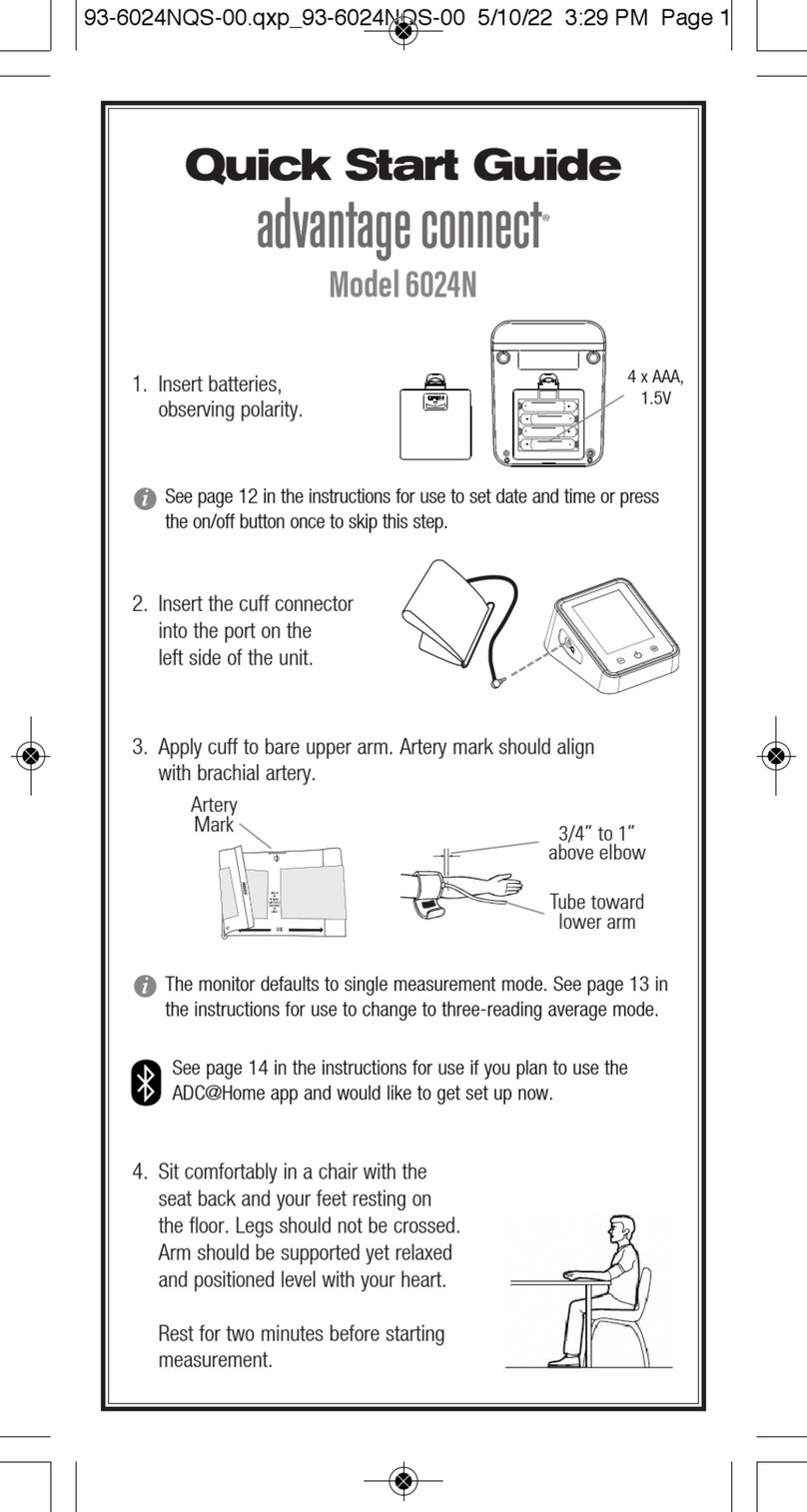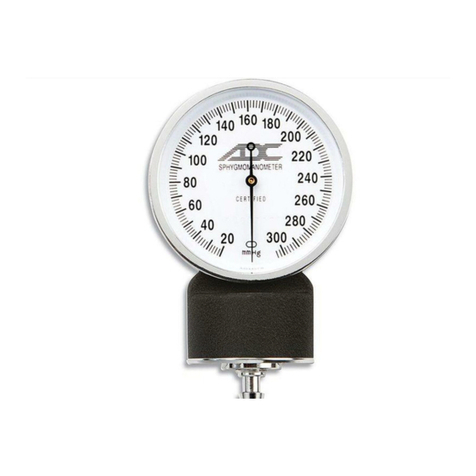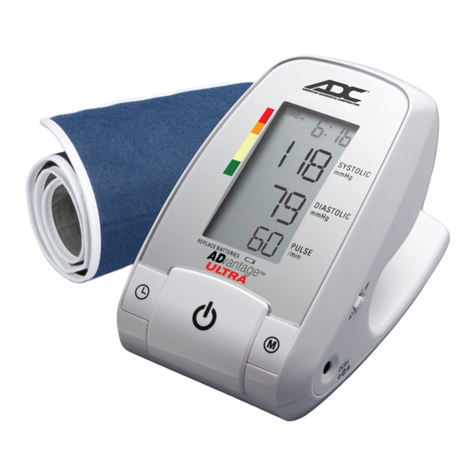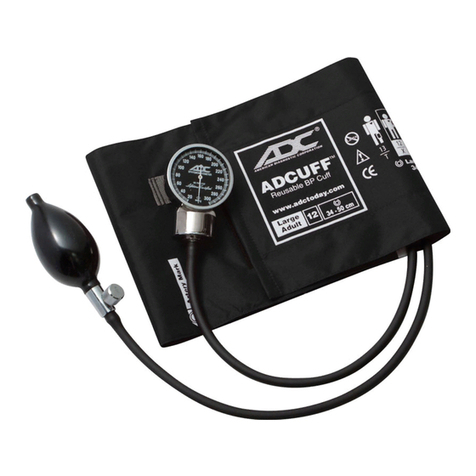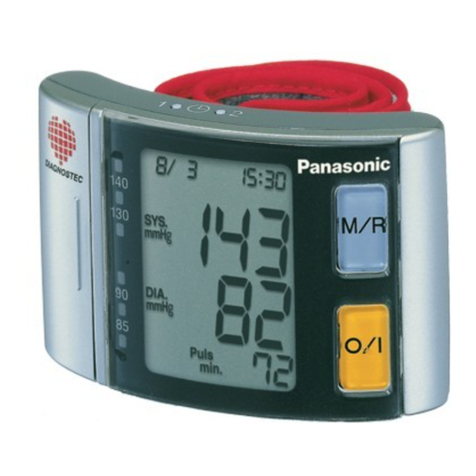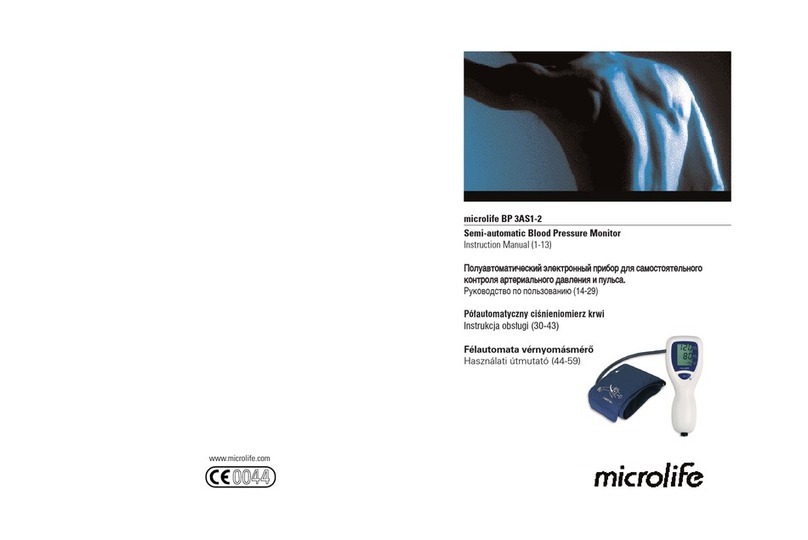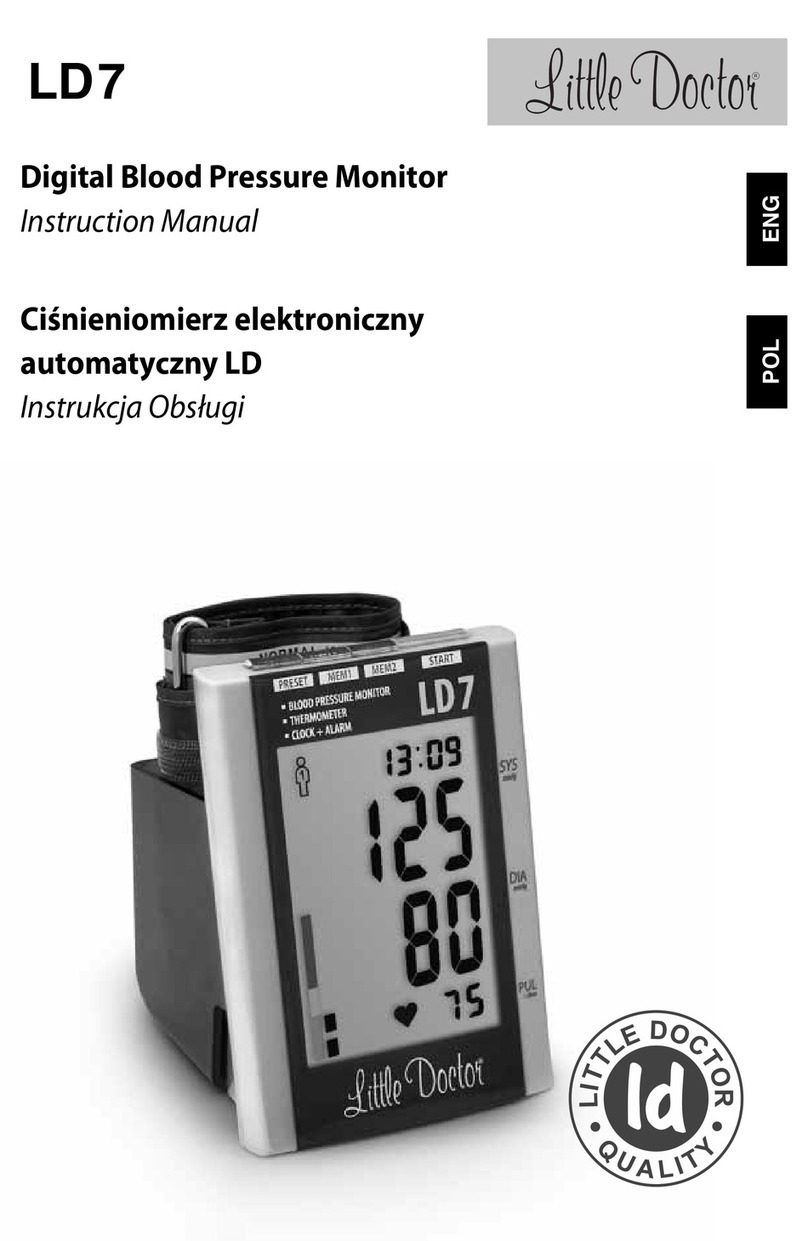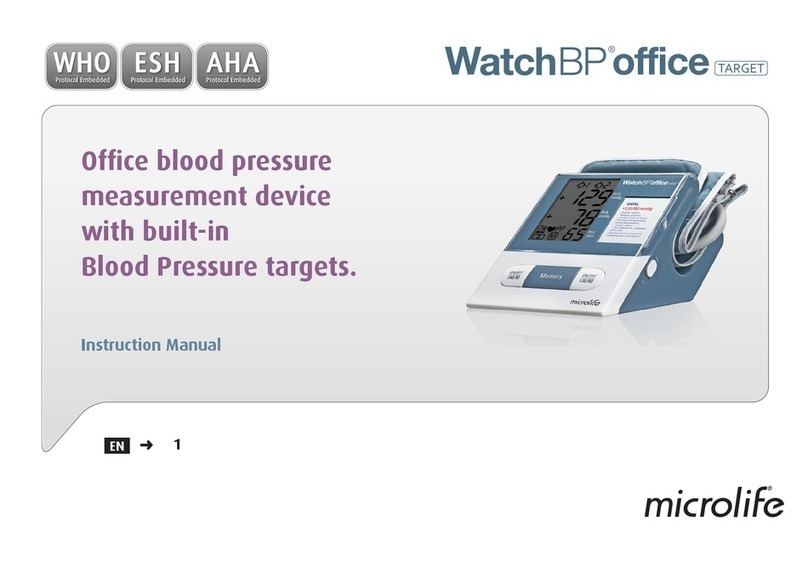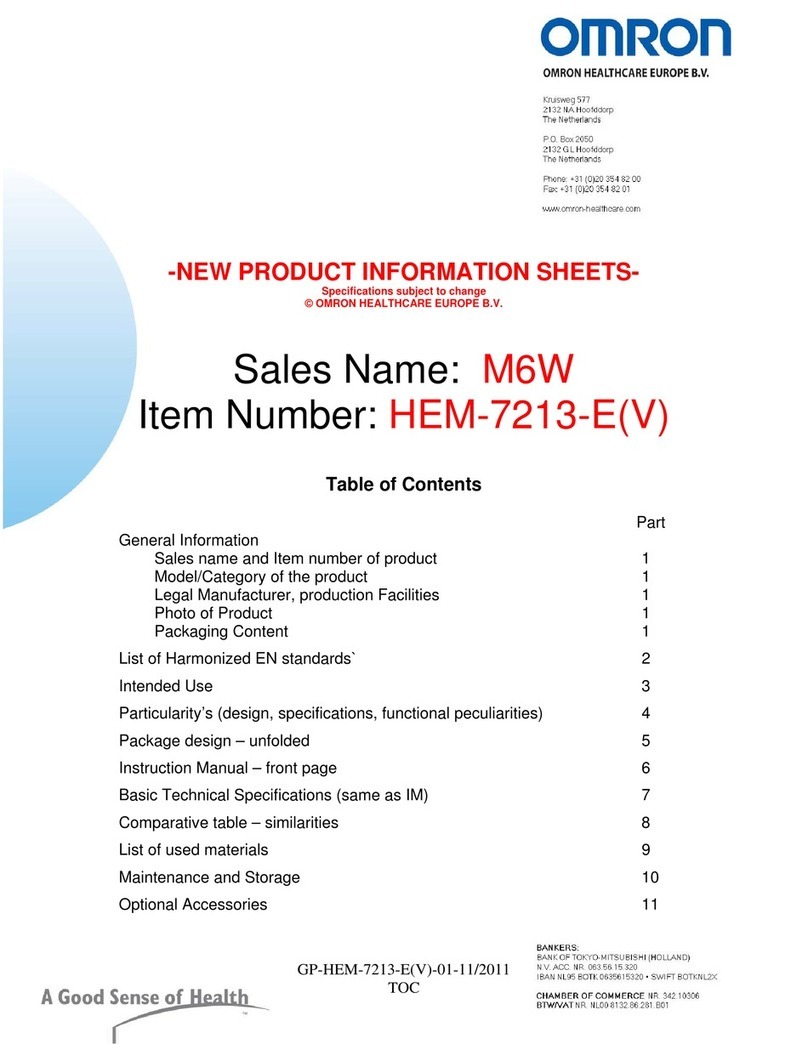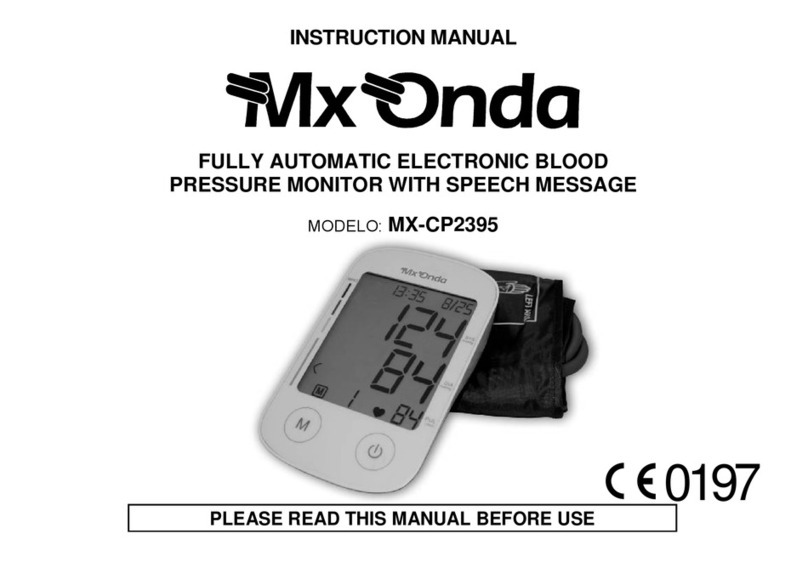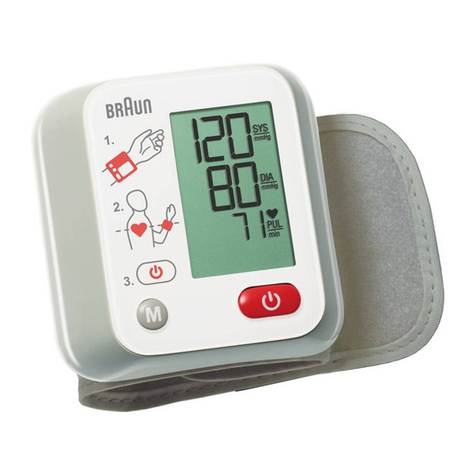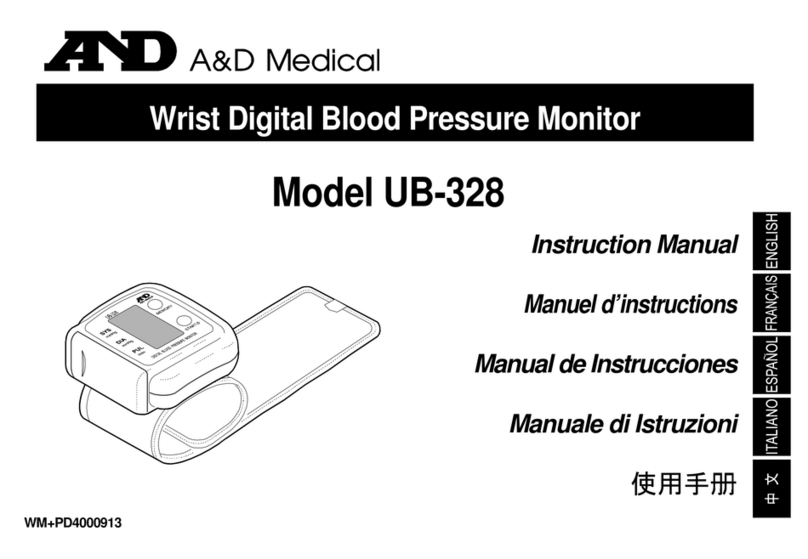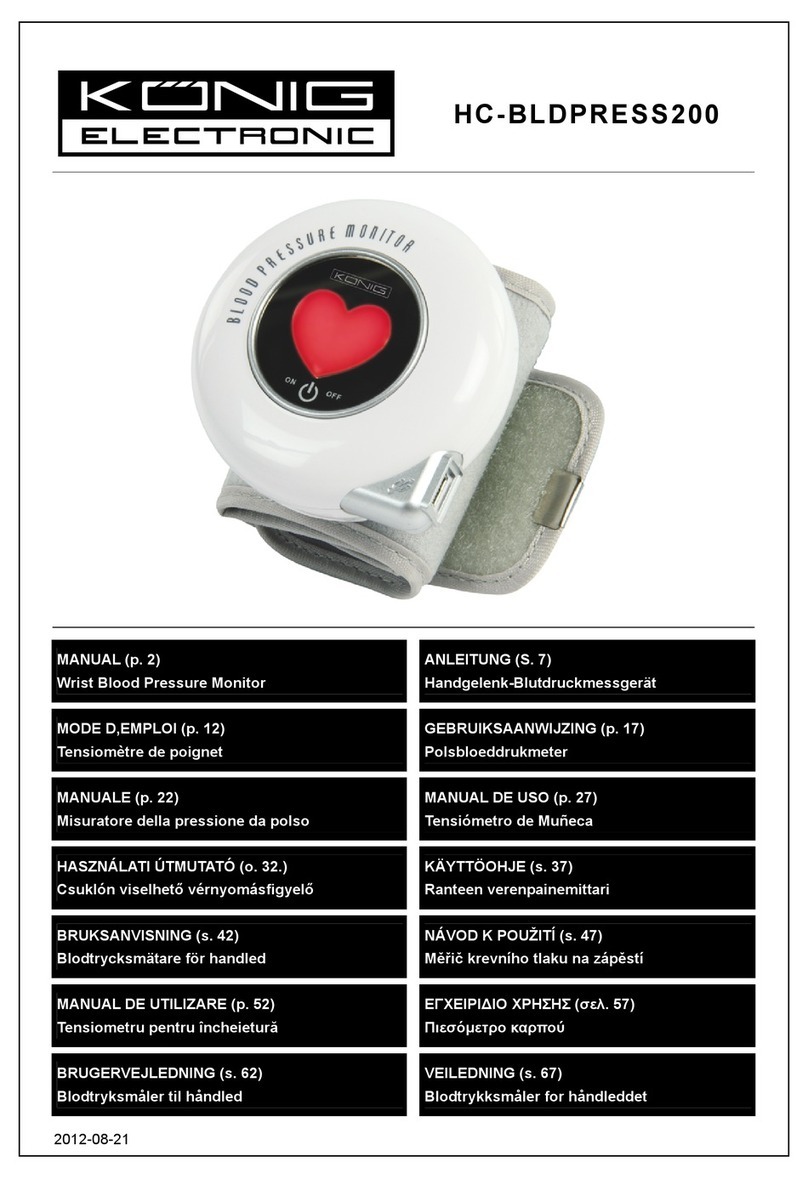ADC 6016 User manual
Other ADC Blood Pressure Monitor manuals
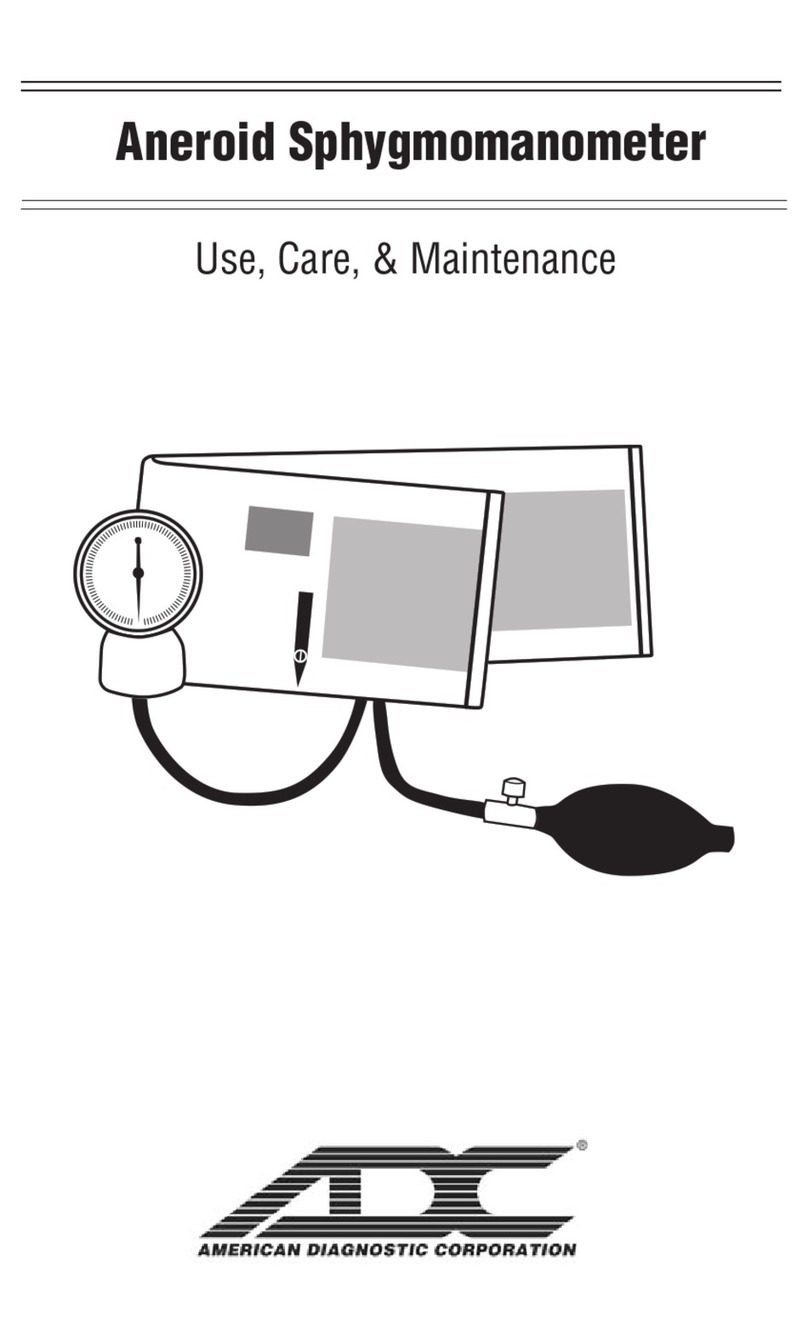
ADC
ADC 790-12XN Maintenance manual
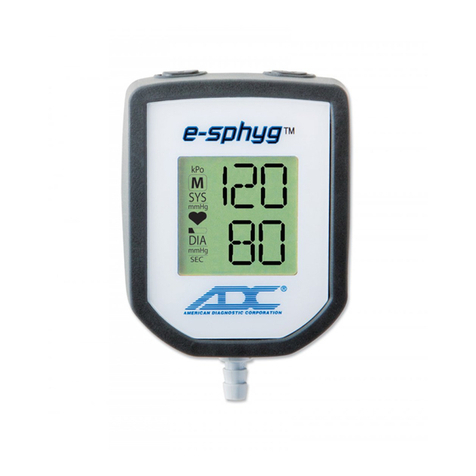
ADC
ADC E-Sphyg 7002 User manual

ADC
ADC 6014 User manual
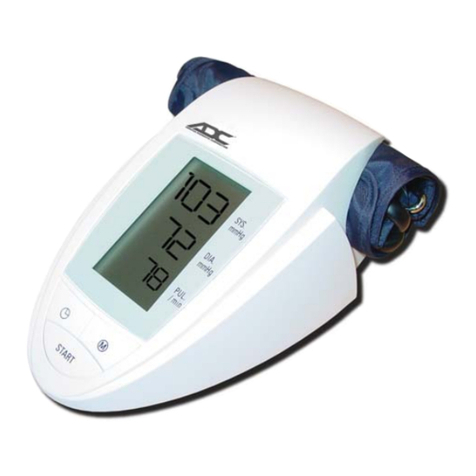
ADC
ADC ADvantage 6013 User manual
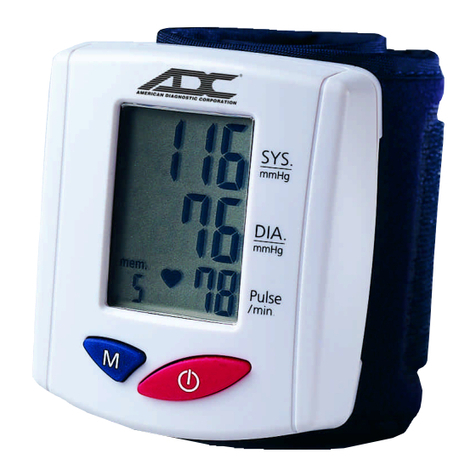
ADC
ADC 6015 User manual
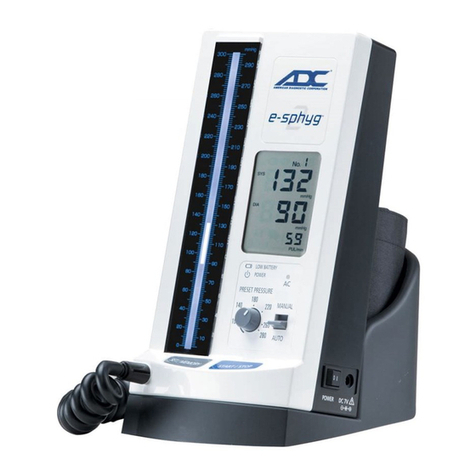
ADC
ADC e-sphyg 2 User manual

ADC
ADC 6012 User manual
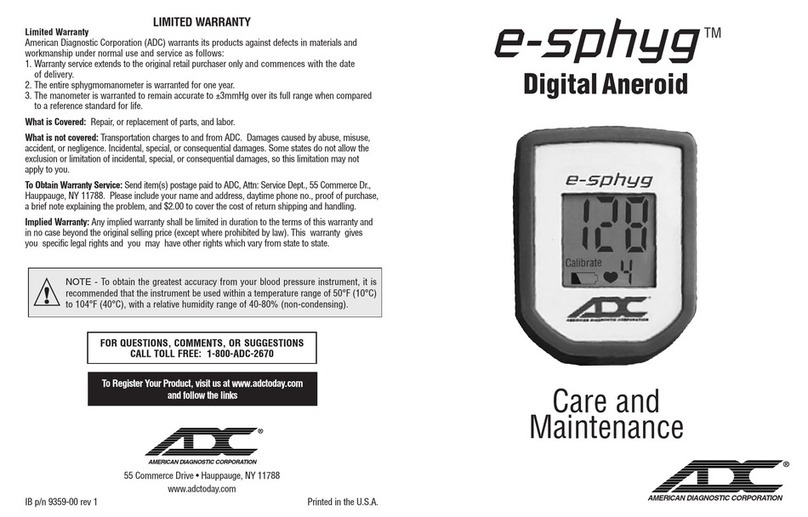
ADC
ADC Diagnostix e-sphyg Maintenance manual
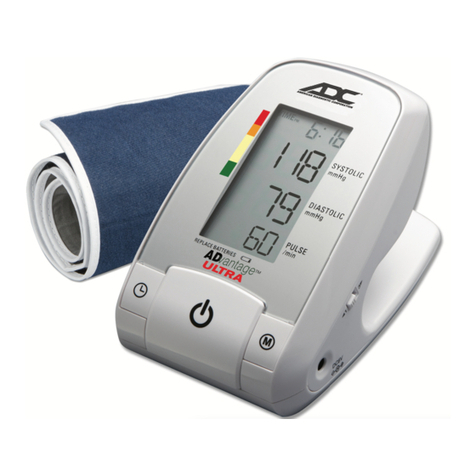
ADC
ADC Advantage 6021 User manual

ADC
ADC Advantage 6021 User manual

ADC
ADC 6014 User manual

ADC
ADC 6015 User manual

ADC
ADC 6005 User manual
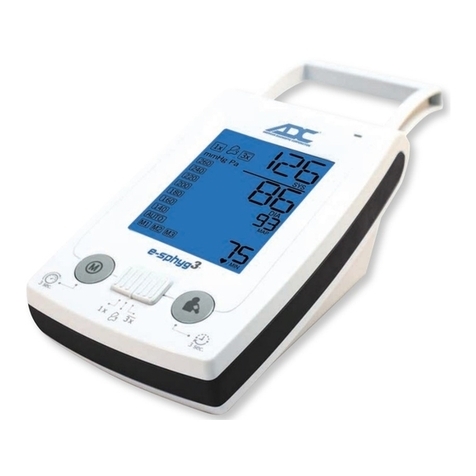
ADC
ADC e-shpyg 3 User manual
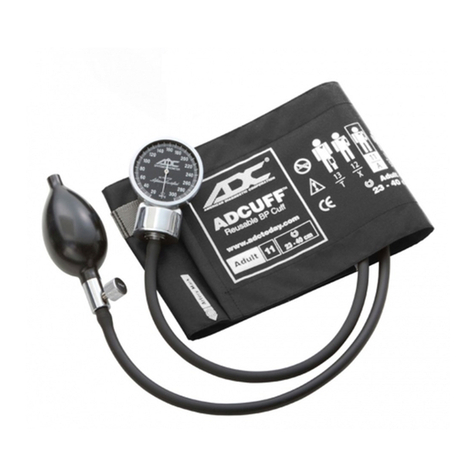
ADC
ADC Diagnostix Series Maintenance manual

ADC
ADC Advantage 6015N User manual
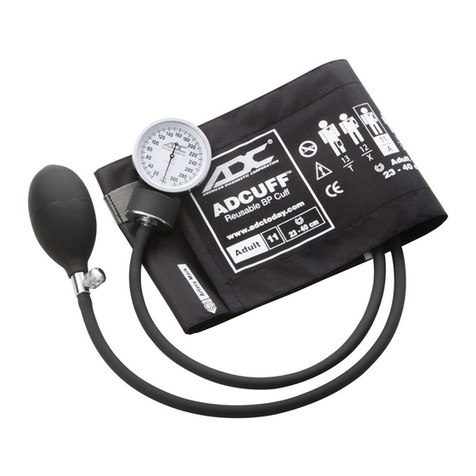
ADC
ADC Prosphyg 760 Series User manual

ADC
ADC 6012 User manual

ADC
ADC Diagnostix E-sphyg 7002 User manual
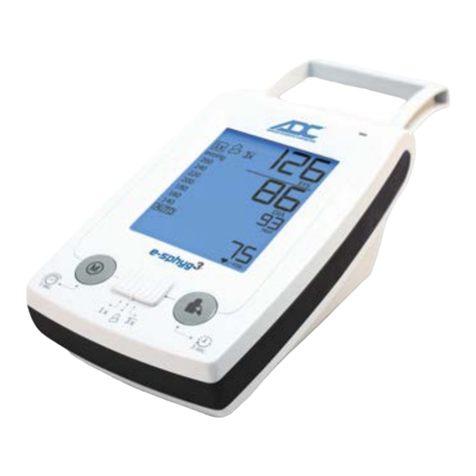
ADC
ADC e-sphyg 3 User manual
Popular Blood Pressure Monitor manuals by other brands

Omron
Omron M6 Comfort instruction manual

3B SCIENTIFIC
3B SCIENTIFIC U11395 instruction sheet
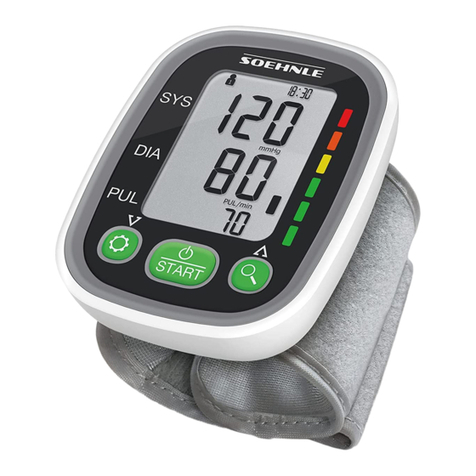
Soehnle
Soehnle SYSTO MONITOR 100 Instructions for use

Nasco Healthcare
Nasco Healthcare Simulaids Life/form LF01095U USER HELP GUIDE

Microlife
Microlife WatchBP office instruction manual

HoMedics
HoMedics MiBody 360 instruction manual
